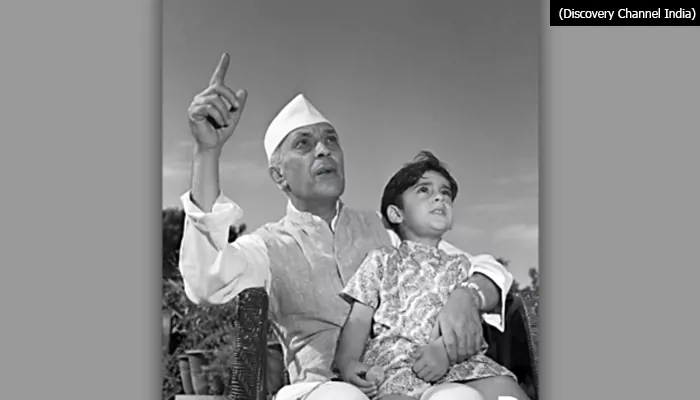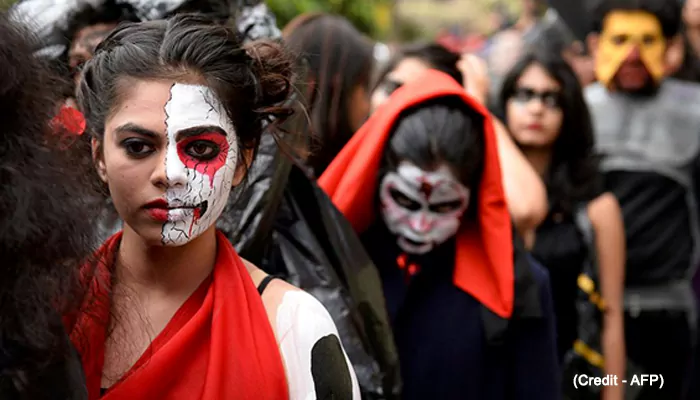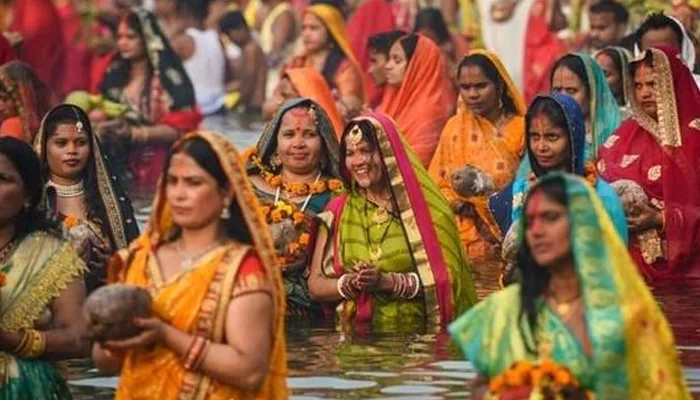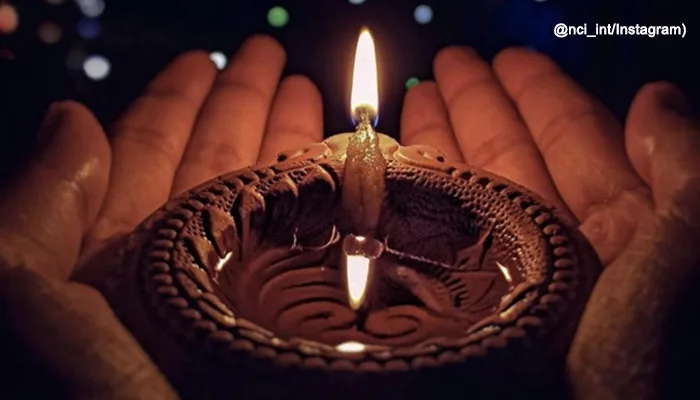Think Green this Diwali : Oil Lamps vs LEDs - A Climate and Culture Tradeoff
- Admin
- 1 month ago
- 3 minutes read
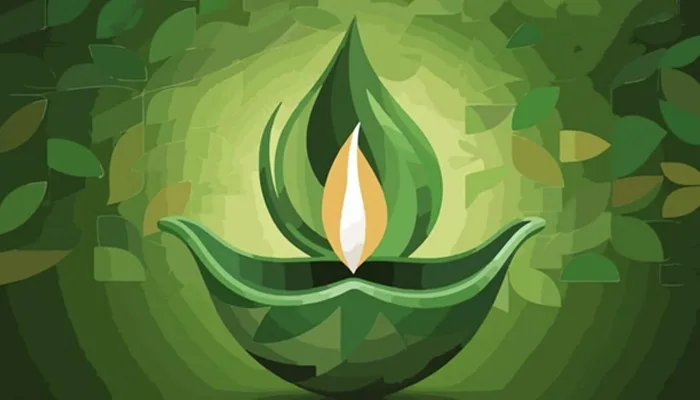
A warmer glow vs a cooler footprint - can Diwali diyas and LEDs share the stage without dimming either climate or culture?
Diwali nights are magical - flickering mustard-oil diyas perfuming the air with a nutty, toasty scent, and LEDs draping balconies like neon constellations - but the choices also shape air and energy footprints in very real ways.
Fireworks remain the biggest pollution spike, but lighting choices still matter when multiplied across millions of homes. Studies in Indian cities show Diwali PM2.5 and PM10 surges from festive combustion, with health risks spiking on the day itself, even when year-to-year intensity varies. That context makes the diya vs LED conversation both timely and tangible.
Culture: The Diya’s Living Symbolism
(@indiamshelf/Instagram)
Oil lamps are more than décor - they’re ritual. The act of placing a clay diya at the doorstep, feeding a cotton wick with sesame or mustard oil, and watching that soft amber edge kiss the dark is a sensory ritual that says “come home.” The glow is warmer, the shadows softer, and the scent evokes kitchens and courtyards of childhood. Many households keep at least a few diyas for puja and threshold blessings precisely for that living warmth that plastic candles can’t mimic. The emotion is the point, not lumen efficiency.
Climate math: LEDs Crush Energy Use
On pure efficiency, LEDs win by a city mile. Typical figures show LEDs use about 75–90% less electricity than incandescent festive strings, and they run cool, reducing fire risk around drapes and paper rangolis. Lower watts per lumen mean the same sparkle for a fraction of the power, which adds up across hours of nightly lighting through the festival week. The efficiency edge also means fewer replacements and less e-waste over time when quality strings are chosen.
Emissions: What’s Actually in the Air?
(@cleanairca/Instagram)
The elephant in the room is fireworks: short, intense plumes of PM2.5, PM10, and metal-rich particles that can push city AQI into “unhealthy” to “hazardous” zones for hours. That’s where most Diwali-day spikes come from. While a handful of oil lamps won’t rival fireworks loads, any open-flame combustion still emits fine particulates and trace gases - small at the household scale, but not zero when millions participate. Practically, trimming fireworks and switching ambient lighting to LEDs delivers the biggest air-quality win without erasing diya rituals.
A workable middle path
Keep Tradition
Light a few earthen diyas for puja, thresholds, and the dining table - the places where scent, flame, and memory matter most. Use clean wicks, avoid sooting the walls, and place on steady bases.
Scale sparkle with LEDs
For balconies, facades, courtyards, and window runs, go LED. Pick warm-white strings (2200–2700K) to mimic candlelight so the vibe stays gentle, not hospital-bright.
Cut the Lume
Reduce or skip fireworks; modeling shows they can account for a huge share of Diwali-day emissions and push PM into the red. The biggest air-quality gains come from this swap.
Think green without dimming the soul: keep a circle of real diyas where meaning lives, and let LEDs scale the sparkle everywhere else - while dialing fireworks way down so the night sky can breathe again. That’s climate sense with cultural glow.



